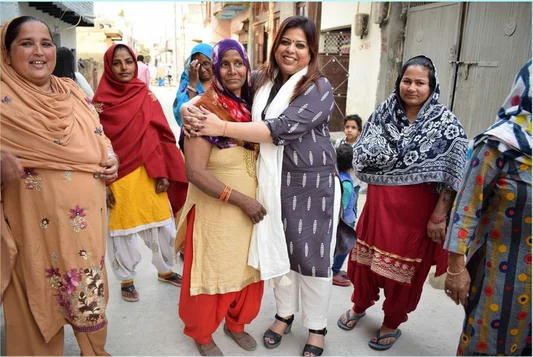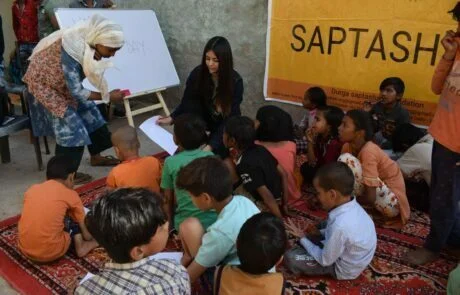
When we think about women’s safety, what comes to mind? Media coverage often highlights risks and challenges, but it also plays a critical role in supporting solutions. From increasing awareness to driving fundraising efforts, media serves as a powerful tool for social activists like Sandhya Singh and NGOs working on women’s safety. The key question is, how does media help grassroots organisations create tangible change?
Driving Awareness and Advocacy
One of the biggest challenges women safety NGOs in Delhi face is reaching the right audience. Media coverage, whether through news reports, documentaries, or social media campaigns, brings attention to the work being done at the grassroots level. By shedding light on real stories, media creates empathy and motivates communities to act.
For instance, when a national newspaper features a local women’s safety and empowerment NGO’s efforts to make public spaces safer for women, it validates their work and encourages more people to get involved. This exposure can lead to increased volunteer participation and public discussions that push for policy changes.
Boosting Fundraising and Donations
Media also plays a significant role in fundraising. Many NGOs working for women’s safety in Delhi rely on public support to sustain their programs, and a well-covered story can drive donations significantly.
Crowdfunding campaigns, for example, gain traction when big news outlets or influencers share them. Television features and online articles about women’s safety initiatives inspire businesses, philanthropists, and individuals to contribute financially. Without media amplification, many non-government organisations would struggle to secure the resources needed to expand their work in deserving areas.
Mobilising Communities for Action
Beyond raising awareness, media helps NGOs mobilise local communities. Social media platforms enable organisations to share safety tips, organise protests, and coordinate support groups in real-time. Viral campaigns such as #MeToo have not only exposed systemic issues but have also encouraged grassroots safety activism on a larger scale.
Local media outlets also help spread essential safety information—alerting communities about self-defence workshops, legal rights awareness programs, and emergency helplines. By making these resources accessible, media ensures that women can take proactive steps toward their safety.
Holding Authorities Accountable
Media serves as a watchdog, putting pressure on authorities to take proactive action. Investigative journalism uncovers gaps in law enforcement, ineffective policies, and lack of resources for women’s safety. When media covers these issues, it pushes lawmakers and officials to respond.
For example, when an NGO highlights police negligence in addressing harassment cases, media exposure can lead to public outcry, resulting in faster legal reforms and better law enforcement training. This accountability mechanism ensures that government agencies and local leaders do not ignore safety concerns.
Conclusion
The role of media in women’s safety extends far beyond reporting—it is a force that supports, funds, and mobilises real change. By amplifying grassroots initiatives, helping organisations raise funds, and holding authorities accountable, media transforms awareness into action. When used responsibly, it strengthens the collective effort to create safer environments for women.



